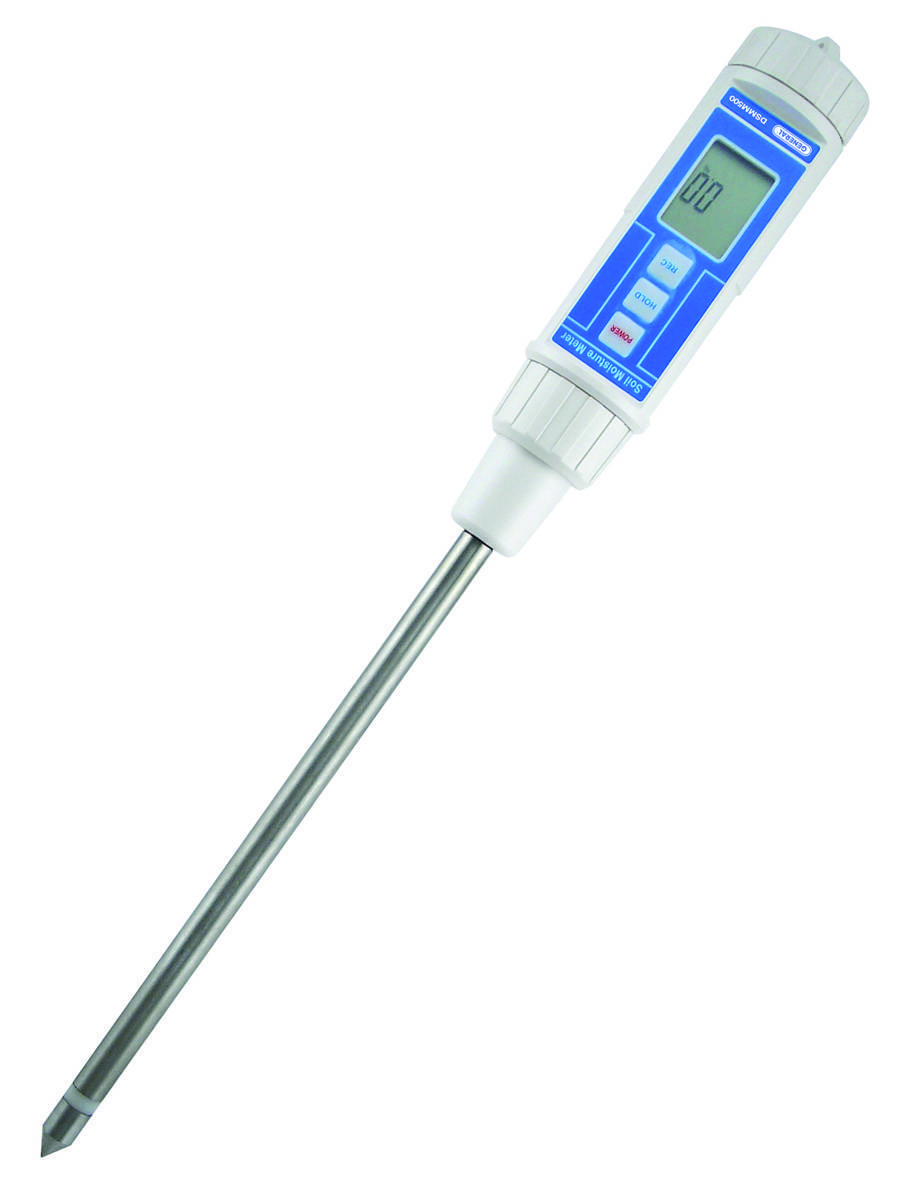The Ultimate Overview to Choosing the Right Moisture Meter for Your Needs
Recognizing the Relevance of a Moisture Meter in Preventing Mold and Water Damages in your house
In the realm of home maintenance, the presence of wetness can frequently be a silent yet powerful enemy, efficient in triggering pervasive mold growth and dangerous water damages if left unattended. Among the peaceful ambiance of a home, concealed wetness problems can make underneath the surface, positioning a threat to both building and health and wellness. Nonetheless, furnished with the right tools and knowledge, homeowners can proactively battle these potential hazards. Recognizing the value of a wetness meter in this battle is not merely an alternative but a calculated need.

Importance of Wetness Discovery
Efficient moisture detection techniques are critical for safeguarding buildings and protecting against potential mold and mildew growth and water damages. Dampness can permeate right into numerous building products, causing architectural concerns and wellness risks - Moisture Meter. By utilizing a moisture meter, homeowner can proactively identify areas prone to excess moisture, enabling timely treatment and reduction strategies
Wetness meters offer accurate analyses of moisture levels in different materials such as concrete, drywall, and wood. This information aids in determining areas of worry, also in concealed or hard-to-reach locations. Early detection of moisture build-up allows prompt repair services or modifications to stop additional damages.

Just How Moisture Meters Job
Wetness meters play a critical role in the proactive identification of excess dampness, aiding in the prevention of prospective mold growth and water damage by offering accurate readings of moisture levels in various structure products. Some advanced moisture meters pin both combine and pinless innovations for detailed wetness discovery. Comprehending exactly how moisture meters function is vital for timely and accurate dampness degree assessments, making it possible for effective preventive measures against mold and mildew and water damage.
Finding Early Indication
Upon initial evaluation of a building, acknowledging refined indicators of excess dampness becomes crucial in the early detection of prospective mold and mildew development and water damages. Water discolorations can indicate leaks or seepage, while peeling paint or wallpaper might be a result of moisture endangering the adhesion of these products to the surface. Furthermore, a boost in allergy signs or respiratory system concerns amongst occupants might recommend the presence of mold learn the facts here now due to excess moisture.


Avoiding Mold Development
Recognizing early indication of excess dampness within a residential or commercial property not only allows timely detection of prospective mold growth and water damage but also acts as an aggressive action in preventing the expansion of mold. To successfully protect against mold development, it is crucial to deal with any sources of dampness immediately. This can include repairing leaks in home windows, pipelines, or roofing systems, ensuring correct air flow in moist areas like kitchens and washrooms, and using dehumidifiers in high-humidity spaces. Regularly keeping the home and examining's pipes, roof, and seamless gutters can likewise assist in stopping water intrusion that can cause mold and mildew growth.
In enhancement to attending to moisture sources, maintaining indoor moisture degrees listed below 60% can substantially hinder mold and mildew development. Correct ventilation, sufficient insulation, and utilizing air conditioning system or followers can aid control indoor moisture degrees. Keeping an eye on wetness degrees in areas vulnerable to moisture, such as cellars and creep rooms, using a dampness meter can also aid in very early discovery of raised wetness degrees and possible mold development. By taking proactive measures to stop excess moisture and mold growth, house owners can secure their property and interior air quality.
Benefits of Routine Tracking
Regular monitoring of moisture levels in a residential or commercial property can play an essential role in preserving a healthy indoor atmosphere and stopping potential mold and water damage. By routinely checking wetness levels, home owners can spot any type of concerns immediately and take needed activities to stop mold growth and water damage.
Additionally, routine monitoring allows house owners to track patterns and trends in wetness degrees over time. By establishing a baseline and monitoring modifications, individuals can identify any kind of locations of concern or possible vulnerabilities in the property's framework. This data-driven approach enables targeted treatments and maintenance efforts to attend to underlying problems prior to they rise into even more significant problems. Inevitably, the constant surveillance of wetness levels equips homeowners to secure their building, guard their wellness, and preserve the honesty of their interior setting.
Verdict
Finally, making use of a moisture meter link is vital in protecting against mold and mildew and water damages in homes. By discovering early warning indicators of moisture, home owners can take aggressive procedures to protect against mold development and costly repair services. Regular monitoring with a wetness meter can assist keep a healthy and balanced click for more info indoor setting and safeguard the structural honesty of the home. It is an important tool for making certain the security and well-being of residents.
By utilizing a wetness meter, home owners can proactively identify areas vulnerable to excess moisture, enabling for timely intervention and reduction techniques.
Wetness meters supply exact readings of dampness degrees in different materials such as concrete, timber, and drywall.Dampness meters play a critical role in the aggressive identification of excess moisture, aiding in the avoidance of prospective mold development and water damages by giving precise readings of moisture degrees in numerous structure materials. Recognizing how moisture meters feature is vital for timely and exact wetness level assessments, enabling efficient preventive measures against mold and mildew and water damage.
Checking dampness levels in locations susceptible to dampness, such as basements and creep spaces, making use of a dampness meter can likewise help in very early detection of raised wetness levels and prospective mold growth.